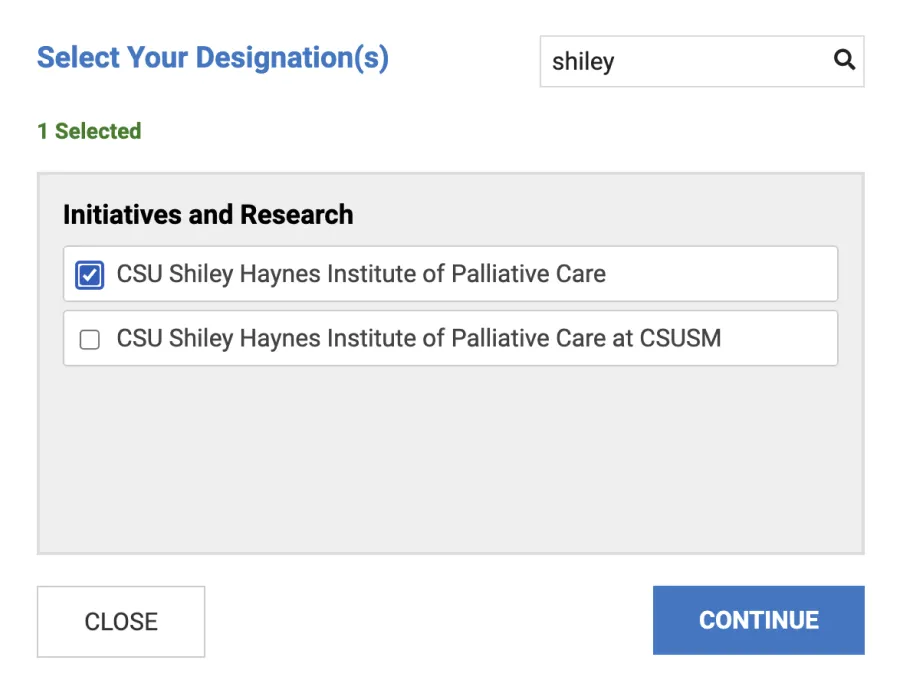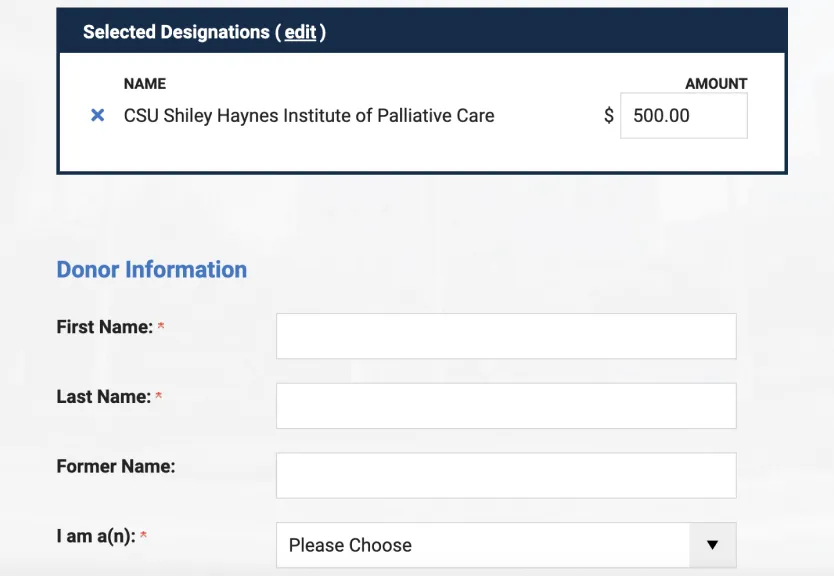Effective Advance Care Planning Fundamentals
Overview
New and Expanded Content: Maximize the Benefits of Advance Care Planning!
In partnership with the Coalition for Compassionate Care of California, this course has been revised with new and expanded content to maximize the benefits of advance care planning. The updates include the latest research, data, and up-to-date information. The learning experience has been enhanced with revamped interactive exercises, engaging videos, and new handouts designed to reinforce key concepts. These updates were made in direct response to feedback from past participants, ensuring the content is more relevant, practical, and impactful than ever before.It reflects the latest best practices and developments in the field. The refreshed curriculum now includes:
- Common critiques of advance care planning—and how to overcome barriers
- Understanding the legal requirements for advance directives
- Clarifying the different types of advance directives
- Key differences between advance directives and medical orders like POLST and DNR
- New resources and tools to support effective planning
This course was developed in partnership with Coalition for Compassionate Care of California.

What You'll Learn
- Describe both the life cycle approach and the values-based perspective to advance care planning
- Articulate the importance of advance care planning and describe trends in healthcare that make planning an urgent need in some settings
- List three outcomes of successful advance care planning
- Define relevant legal terms including advance healthcare directive, durable power of attorney for healthcare, living will, surrogate, capacity, and competency
- Outline the steps in advance care planning
- Recognize and understand the forms used in advance care planning. List three differences between advance healthcare directives and the physician orders for life-sustaining treatment




